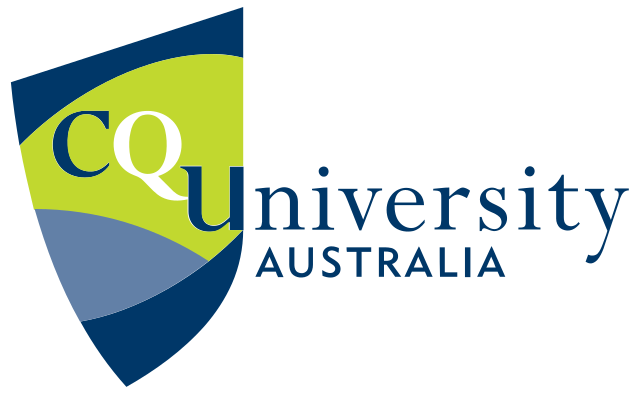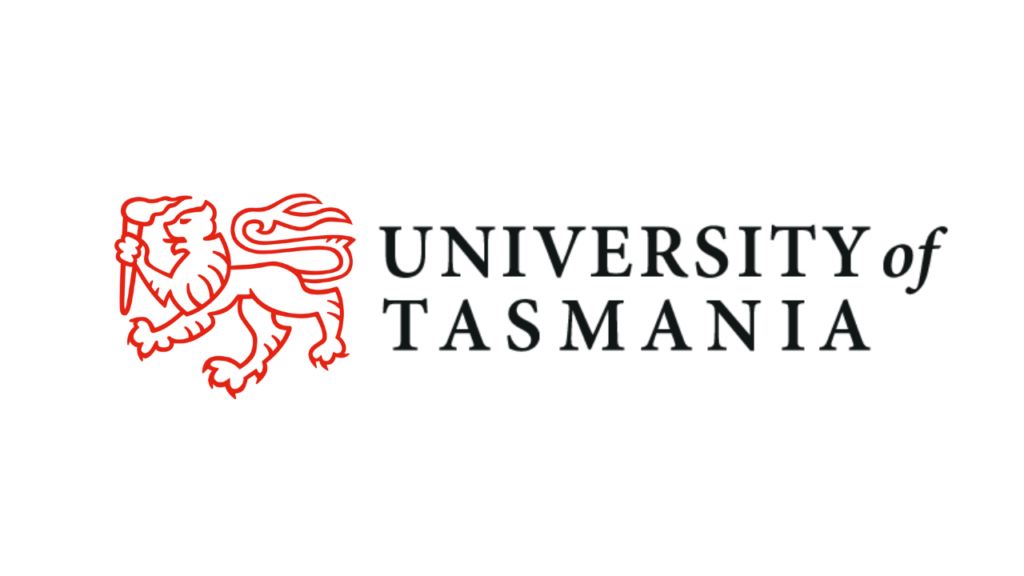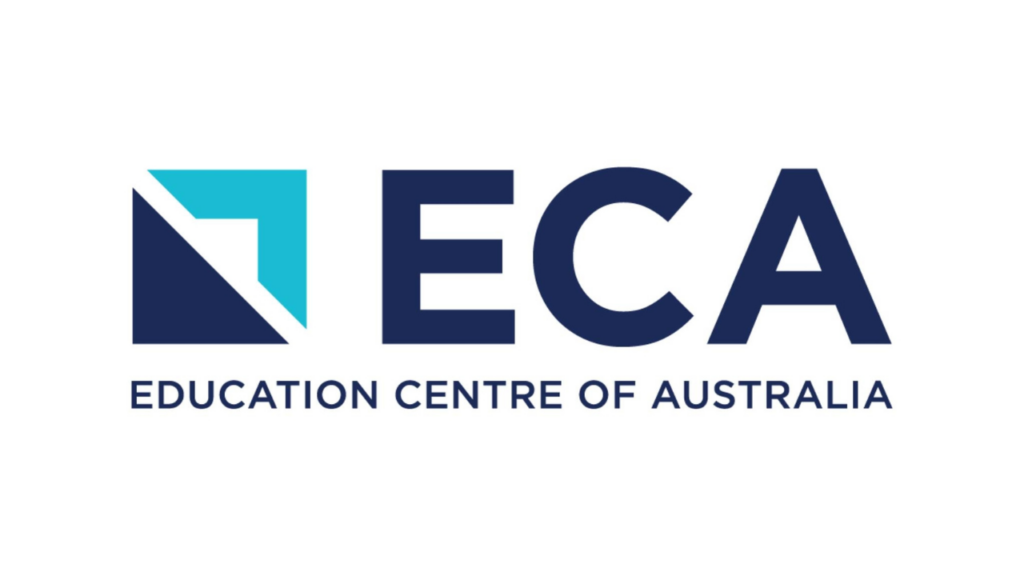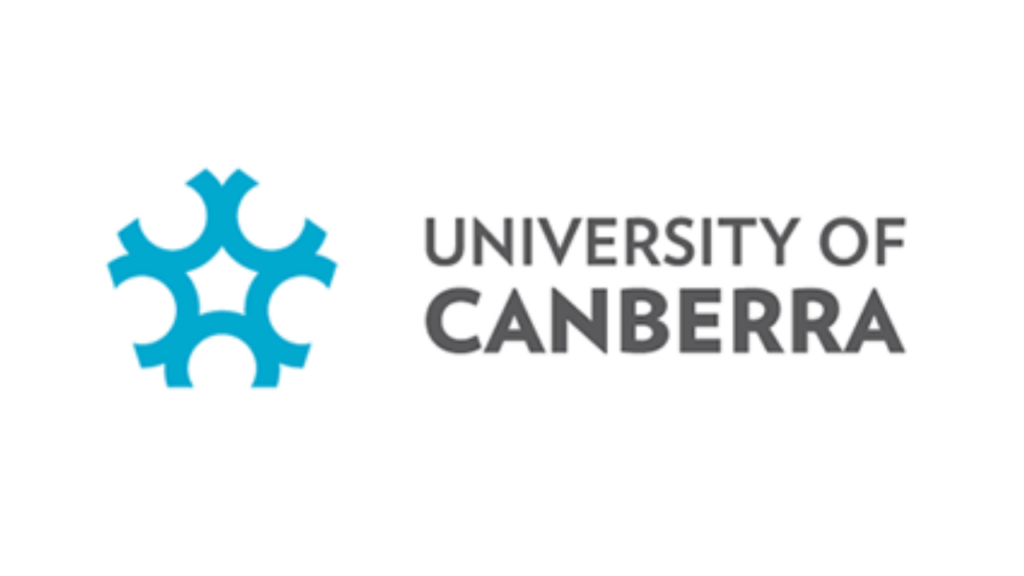Australia

Australia’s culture is diverse, and the country has one of the highest foreign-born populations in the world. It has a highly developed economy and one of the highest per capita incomes globally. Its abundant natural resources and well-developed international trade relations are crucial to the country’s economy. According to the US News Ranking, Australia is ranked among the top 10 nations with the most well-developed public education systems. It is the 3rd most popular study destination among international students. Australia is ranked #8 in offering world-class education to its citizens and international students.
Why Choose Australia?
Choosing Australia means investing in a globally respected education and experiencing a life enriched with diversity, innovation, and personal growth.
1. World-Class Education System
- Top-Ranked Universities: Australia is home to some of the world’s leading universities, such as the University of Melbourne, University of Sydney, University of New South Wales, University of Queensland, Australian National University, and Monash University.
- Diverse Study Options: Offers a wide range of courses across various disciplines, including STEM, business, humanities, and health sciences.
- Quality Assurance: The Australian Qualifications Framework (AQF) ensures high educational standards and global recognition of degrees.
Best Student Cities: Explore the world’s most student-friendly locations. QS recently ranked Australia’s major cities (Melbourne, Sydney, Brisbane, Adelaide, Canberra, Perth) among the world’s top 10 to 50.
2. Research and Innovation
- Research Excellence: Australia is a global leader in research, with contributions in medicine, engineering, ICT (AI, Cybersecurity, Data Science) and environmental science.
- Access to Advanced Facilities: Cutting-edge labs, libraries, and research centers enhance learning opportunities.
3. Employment Opportunities
In Australia, international students are welcome to work during the study period. From 1 July 2023, international students can work up to 48 hours every fortnight during term time (unless you are a PhD or master’s by research student) and unlimited hours during their holiday breaks.
- Post-Study Work Rights: Graduates can stay and work in Australia under the Temporary Graduate Visa (subclass 485), gaining valuable international work experience.
- High-Demand Sectors: Growing job markets in areas like ICT (Information & Communication Technology), healthcare, and engineering increase the chances of finding employment.
4. Scholarships and Financial Support
Australian universities and the government offer generous scholarships for international students, such as:
- Australia Awards Scholarships
- Destination Australia Scholarships
- University-specific scholarships (Academic merit scholarships)
5. Multicultural and Inclusive Society
- Cultural Diversity: Students from over 150 countries call Australia home, fostering a welcoming and vibrant environment.
- Safe and Friendly Environment: Consistently ranked as one of the safest countries globally.
6. Lifestyle and Location Advantages
- High Standard of Living: Excellent healthcare, infrastructure, and public services ensure comfort and well-being.
- Scenic Beauty and Climate: Stunning landscapes, from beaches to mountains, and a favorable climate attract students.
- Well-Connected Cities: Sydney, Melbourne, Brisbane, Perth, Adelaide, and Canberra are global hubs for education and employment.
7. Pathway to Permanent Residency
- PR Opportunities: Favorable immigration policies allow international students to apply for permanent residency through various skilled migration programs.
8. English-Speaking Country
- Studying in Australia enhances English proficiency, a key global skill for career advancement.
Why is Australia an ideal destination for Nepalese Students?
With its excellent education system, work opportunities, and pathways to permanent residency, Australia provides Nepalese students with an ideal platform to achieve both academic and career success. Its multicultural environment and vibrant lifestyle make it an even more appealing study destination. Nepalese migration to Australia began in the 1960s, with the majority of Nepali Australians arriving after 2006. Over the past two decades, Australia has emerged as a major destination where Nepalese students can study, work, live, and build global careers. Nepal is Australia’s third-largest source of international students, after China and India. As a result, even more Nepali students are likely to choose Australia as their ideal destination in the coming years for the following reasons:
1. Attractive Lifestyle
Australia offers a high standard of living, breathtaking natural landscapes, and a vibrant urban culture.
2. Proximity and Connectivity
Geographical proximity to Nepal makes traveling more convenient and less expensive compared to destinations like the USA or Canada.
3. High Return on Investment
Education in Australia leads to globally recognized qualifications, opening doors to career opportunities worldwide.
4. Safe and Vibrant Lifestyle
- Ranked as one of the safest countries, with a high standard of living.
- Students enjoy a mix of urban attractions and natural wonders, from bustling cities to iconic beaches and national parks.
5. Employment Opportunities
- Students can work part-time (48 hours per fortnight) during their studies and full-time during breaks.
- This helps manage living costs while gaining valuable work experience.
6. Pathway to Permanent Residency
- Australia offers various skilled migration pathways, allowing students to settle after completing their studies.
- Courses in demand, such as Nursing, IT & Engineering (STEM programs), Education, and Business (Accounting, Finance, Business Analytics) often align with the Skilled Occupation List.
7. Post-Study Work Rights
- The Temporary Graduate Visa (subclass 485) allows students to work in Australia after graduation.
- This helps students gain international work experience and improve their employability.
8. Wide Range of Programs
- Students can choose from a variety of courses, including engineering, business, IT, health sciences, and vocational training.
- Institutions like TAFE provide practical, job-oriented programs.
How much does it cost to study in Australia from Nepal?
The cost of education in Australia depends on the institution, course, and level of study. Australia is home to globally high-ranking universities, including the Group of Eight universities and the University of Technology Sydney, which rank among the top 15 to 100. Over 35 Australian universities are ranked within the world’s top 100, 200, 300, and 1000, according to sources such as QS, THE, US News, and the Shanghai Rankings (rankings may vary by source). Tuition fees at highly ranked universities are often higher than those at private higher education providers, including university-affiliated institutions. Below is a breakdown of tuition fees for studying in Australia:
Undergraduate Degrees
- AUD 20,000–55,000 per year
Postgraduate Degrees (Master’s and Ph.D.)
- AUD 22,000–50,000 per year
Vocational Education and Training (VET)
- AUD 15,000–25,000 per year
English Language Courses
- AUD 300–500 per week
*Please note that medical sciences and veterinary science fees may vary. Institutions also offer scholarships ranging from 10% to 50%, and some institutions may offer higher percentages of multiyear scholarships, which lower the annual tuition fees.
Intakes and Application Deadlines
Australian Universities typically have multiple intakes, giving students flexibility in planning their studies:
- February Intake (Semester 1): Primary intake with the widest range of courses available.
- July Intake (Semester 2): Secondary intake with many programs open.
- November Intake: Limited courses offered by selected institutions.
Tip: Application deadlines vary by institution and program. Plan and check the specific dates on the institution’s website.
English Proficiency Exam to Study in Australia
To study in Australia from Nepal, English proficiency test scores must be submitted. The Australian Government’s Department of Home Affairs accepts the following English proficiency tests, for Student visa (Subclass 500) requirements:
✔️ International English Language Testing System (IELTS), including One Skill Retake (OSR)*
✔️ Pearson Test of English (PTE)
✔️ Cambridge English (CAE) (also known as C1 Advanced)
✔️ Occupational English Test (OET), a test developed for health professionals
✔️ Test of English as a Foreign Language (TOEFL iBT)
To apply to an Australian university, every Nepalese student should take one of the recognized English proficiency tests. At Motif Education Abroad, we provide English proficiency test prep to help Nepalese students excel in English language tests such as IELTS, PTE, and TOEFL.
Do you want to enroll in an English test coaching class to study in Australia? Simply complete the form below, and our teachers will contact you.
Colleges/Universities
Our Partners for Australia















